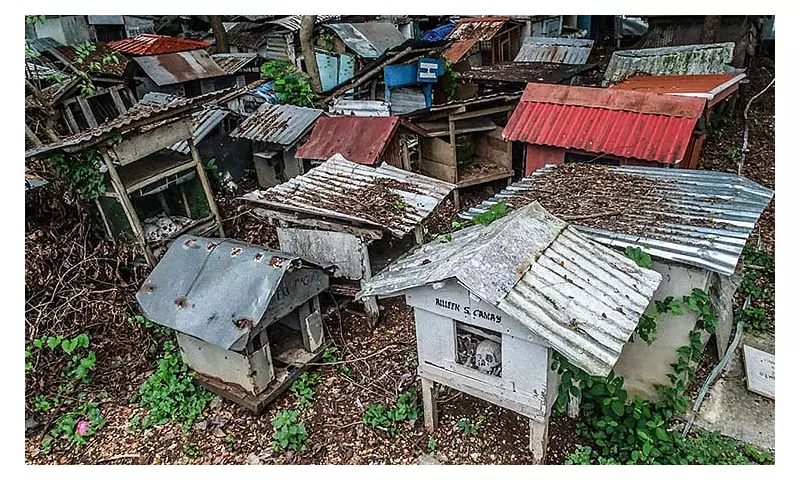
In a remarkable display of Filipino ingenuity, Cebuano builders are pioneering an unexpected construction revolution—transforming animal bones into durable, eco-friendly housing materials. This innovative approach not only addresses waste management concerns but also provides affordable shelter solutions for communities across the province.
From Kitchen Waste to Building Blocks
The process begins with collecting discarded animal bones from local markets, restaurants, and households. These bones, which would typically end up in landfills, are instead cleaned, treated, and processed into sturdy construction components. The resulting material demonstrates surprising durability and thermal properties, making it ideal for the tropical Philippine climate.
Environmental Impact and Community Benefits
This bone-based construction method offers multiple environmental advantages:
- Waste Reduction: Diverts tons of organic waste from overcrowded landfills
- Sustainable Sourcing: Uses readily available local materials
- Carbon Footprint Reduction: Requires less energy than traditional concrete production
- Cost Effectiveness: Makes housing more accessible to low-income families
A Growing Movement in Cebu
What started as experimental projects has evolved into a legitimate construction movement. Local builders report that bone-based structures show excellent resistance to humidity and pests when properly treated. The technique has gained particular traction in rural areas where traditional building materials are cost-prohibitive.
"We're not just building houses—we're building sustainable communities," shares one project coordinator. "Every structure represents waste diverted from our environment and a family given safe, affordable shelter."
The Future of Green Construction
As the method gains recognition, researchers and environmental advocates are monitoring its long-term performance. Early results suggest that bone-based construction could become a significant component of the Philippines' green building initiatives, potentially inspiring similar waste-to-shelter projects throughout Southeast Asia.
The success of this initiative demonstrates how traditional wisdom combined with modern innovation can create practical solutions to contemporary challenges—proving that sometimes, the building blocks of a better future come from the most unexpected places.





